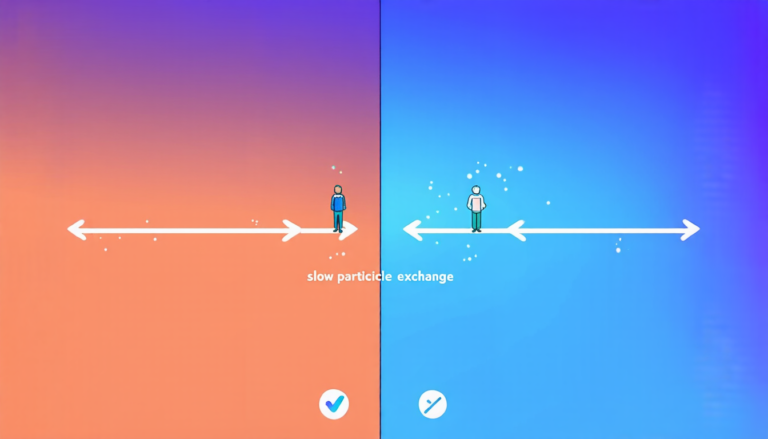Wednesday 21 May 2025
A team of researchers has made a significant breakthrough in understanding the behavior of complex systems, specifically those that involve multiple interacting components. In a recent paper, they presented their findings on the structure of gauge-invariant operators at finite N, providing new insights into the nature of these interactions.
Gauge-invariant operators are mathematical constructs used to describe the properties of physical systems, such as particles and fields. These operators are essential in quantum field theory, which is used to model the behavior of subatomic particles and forces. However, when dealing with complex systems involving multiple interacting components, the number of possible gauge-invariant operators grows exponentially, making it challenging to understand their structure.
The researchers focused on a specific type of system known as coupled matrix-vector systems, where multiple matrices interact with each other through vector fields. They used algebraic techniques to analyze the properties of these interactions and discovered that the space of gauge-invariant operators is not freely generated by single traces, as previously thought. Instead, they found that this space is generated by a combination of primary and secondary invariants.
Primary invariants are algebraically independent and generate the ring freely, while secondary invariants satisfy quadratic relations. The researchers showed that these secondary invariants arise from non-trivial trace relations involving the vector fields. They also demonstrated how to reconstruct the gauge-fixed vectors from suitable bilinear expressions, which provides a new perspective on the structure of the space of gauge-invariant operators.
One of the key findings is that the number of secondary invariants grows extremely rapidly with increasing N, leading to an exponential explosion in the number of possible gauge-invariant operators. This has important implications for our understanding of complex systems and their behavior at finite N.
The researchers’ work has far-reaching consequences for various fields, including quantum gravity, higher-spin holography, and collective field theory. Their findings provide new insights into the nature of interactions between multiple components and shed light on the structure of gauge-invariant operators at finite N.
In essence, this research has opened up new avenues for understanding complex systems and their behavior, with significant implications for various fields of physics. The study’s findings will likely lead to further investigations into the properties of gauge-invariant operators and their applications in modeling real-world phenomena.
Cite this article: “Uncovering the Structure of Gauge-Invariant Operators at Finite N”, The Science Archive, 2025.
Complex Systems, Gauge-Invariant Operators, Quantum Field Theory, Matrix-Vector Systems, Algebraic Techniques, Primary Invariants, Secondary Invariants, Trace Relations, Finite N, Quantum Gravity







